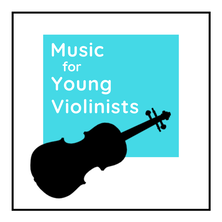|
Nervous before your performance? Say the alphabet backward in your mind to help regain a sense of calm. Scroll down to learn the limitations of this trick (and how to work around this) and watch a short video explaining why this works. Basically, without using what I call the "$100 fancy medical-science words" (which I feel qualified to joke about after going to nursing school), we can explain our brain like a bunch of networks or pathways, if you will. I like to visualize these pathways as being similar to spaghetti. When the brain is calm, all the spaghetti line up in a row and are organized. When the mind is anxious (like before a violin recital), the brain pathways get scrambled up like a plate of cooked noodles. Here are my visuals: This is why it is important to plan at least one relaxing activity for yourself (or your violin students) before giving a recital. I make this a part of the lesson, and the student declares what they want to do that will relax them, and I stress to the parent how important this is to the success of the student performing. Next, it helps to have a few tricks to calm performance nerves immediately before a performance which is where the backward alphabet comes in. I have even done this as a group activity with all students together before we start our recital, and it's fun, gets the mind free from mustering up fears about the performance and calms the performer down. However, the problem with this trick is that once the brain learns the pattern of a backward alphabet, this trick no longer works. Fear not; any word, name or phrase will work for this performance anxiety-relieving tip. Below are some other words backward to demonstrate: Have a tip to help relieve performance anxiety?
Please share in the comments below. Thanks!
2 Comments
Have you ever received advice from a teacher that may work for everyone else but would end your (or your child's) violin career? We live in the information age where everyone seems to have an "expert" opinion about what is best. However, that does not mean that it is the "best" for your unique situation. Learn how to evaluate what is best for your (or your child's) practicing needs with this blog and video post explaining the importance of context. 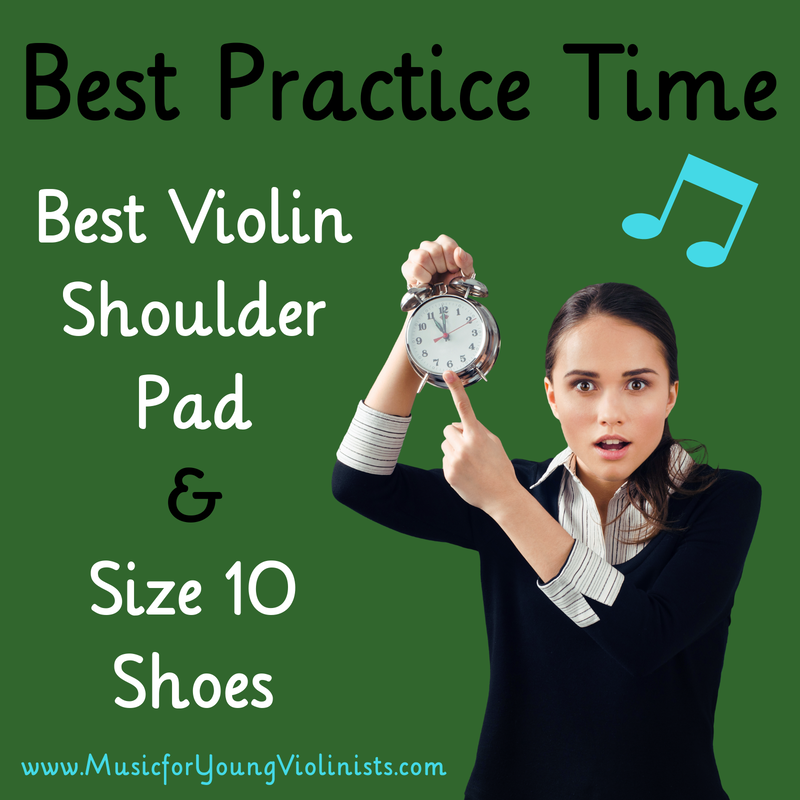 Everything in this world exists in context including when to practice and what shoulder pad to use. Here I share my favorite metaphor about why size ten shoes are the best size to explain the importance of context and how to evaluate what is going to be the best formula for your (or your child's) violin practice needs. I felt that if I was going to do a series on practicing, which in itself asserts that I have an expert opinion on the subject, that it would be insincere to publish these posts/videos without adding the balancing view that this contribution to the practicing series adds: Life exists in context. What exactly do I mean by this? I think most violin teachers would agree that practicing in the morning is the optimal time to practice - the mind is fresh, the daily responsibilities have not accumulated yet (for either parent or child). Also, by practicing first thing in the morning, you achieve the triumphant feeling of having accomplished something of significance at the start of the day which empowers a young person to proceed confidently through the rest of their day. However, I know that more than one person reading this would assert that practicing first thing in the morning would be the kiss of death for their child or student because it would lead to negative power struggles as the child works against their delicate circadian rhythms resulting in defeat for all parties involved. Morning practice routines are just one example of many that we as adults have to consider in context when teaching the violin to young children. Other areas that come to mind are shoulder pads, chin rests, repertoire sequencing and musical genres. Keep the concept of context in the back of your mind when working with young musicians to help best support them in their journey learning the violin. Alto Clef Alert! Your eyes are not deceiving you, and this is not a typo. Finally, there is a viola offering from M4YV & it's the new FREEBIE.
This is the latest installment in the FREEBIE Fridays series that M4YV is featuring this Spring. I am excited to connect with you in a week for the next installment. Sometimes all it takes to freshen up your practice routine is a new practice chart. You can use these to help support goals and either mark on with a pen/pencil/crayon/marker or use a sticker.
Counting stones are a variation on the abacus. They are easy to make and as simple as getting a jar and 10-20 of your favorite stones (or really, anything that is small, personal and is readily available). You can see a version I made as gifts for my students one year here. Counting stones will help make violin practice successful for the following reasons: 1- Anytime you can make something personal by choosing a unique stone (or sticker or toy, etc...) it will bring a positive connection to the experience. As advanced as the frontal lobes of our brains may be, what drives the show in our life experiences is the unconscious part of our minds. Making a simple positive connection like choosing your personalized counting stones will bring this positive influence into violin practice and help encourage the practice process. Helping to make a positive and personal connection is equally useful for a 5-year-old as it is for a 57-year-old, or in other words, is applicable for all ages. 2- Violinists need ways to release the repetitive stress involved in playing to avoid an injury. Laying practice stones out on the music stand will create a built-in mechanism for regularly relieving the arm from holding the instrument up (of using the left arm). Since I have injured myself in part thru lack of implementing healthy practice techniques such as this, I feel strongly about emphasizing this subject for future musicians to help preserve their music making experience. This led to inviting physiatrist Dr. Lin to do a presentation for my studio informing violinists and their parents about preventing violin related overuse stress injuries. The presentation, The content shared by Dr. Lin in his presentation The Violinist Athlete and Injury Prevention, is concise and solution oriented. 3- Tangible goals and tangible results. I was once teaching a 10-year old student named Julia, who came into her lesson with a look of wonder in her eyes as she stated: "Isn't it amazing that I just move my fingers and arms around and all this beautiful music comes out?!" She perfectly captured the awe of this magical experience of creating invisible art (which is what music is). Other art forms are visible - painting, films, the martial arts, etc... We violinists create invisible art and having something concrete to aid in our process such as counting stones can be useful in tracking progress and bringing a sense of groundedness to our practicing. 4- Optimize practice methodologies. In the correlating video, I show how to use practice stones to create better sequencing in violin practice. Too often students will play thru something 10x but only reinforce the incorrect bowing. With practice stones, a student can lay out an alternating pattern with one type of stone representing doing the correct bowing in the air and the other kind of stone for implementing the proper bowing on the instrument. Hello & Happy Spring. This blog post is an update from yours truly, Heather. First, if you are new to the Music for Young Violinists project welcome! Even though we may never meet in person, it thrills me to connect with our shared love of music and all things violin. I would much rather play duets together than type words on the screen, but you may live halfway around the world, so this is impractical. The next best thing I can do is introduce myself thru a short video HERE (and if you want to meet my amazing Great Dane, here is another short video). Next, I am starting a new series called FREEBIE Fridays and, it is precisely what it sounds like - a new free download (aka freebie) will be posted on the Music for Young Violinists FREEBIES Page every Friday. I have already started working on this and will do this for at minimum the month of April. The first installment is One Octave C Major Scale & Arpeggio in LARGE Print format. I feel I owe you all an apology for such a long absence from reaching out. For those of you who don't know, in addition to my experience as a violinist, educator, and composer, I am also in my second year of nursing school. It's a bit of a long story about how I got here, but the end goal is to combine the arts with healing. I started a series this winter about practicing. I believe it is essential for us to devote some contemplation and energy to this component of music making because it is what defines a positive and successful outcome (however, sometimes we as teachers or students just expect it to magically fall into place and become an effortless part of our daily routines). Due to some of the challenges of my nursing school course work and exams, I had to put this series on hold and therefore only finished three of the six installments. I am eager to share the remaining few in the next season while I also share some fun new FREEBIES. In other Music for Young Violinists news, I have been working with great zeal and enthusiasm on editing ten of the twenty M4YV collections. Most changes are aesthetic (many covers are getting a makeover) but there have been a few minor compositional changes and some additions of extra pieces that complement some of the collections. I will be hosting some FLASH SALES (24-48 hours) in the near future to celebrate these new versions so if you are interested in some new pieces to brighten up your music collection, keep your eyes peeled on your inbox and the Facebook page. Thanks and happy music making! Heather |
Categories
All
Archives
February 2024
AuthorHi! It's me, Heather. I absolutely love working on the Music for Young Violinists project and all the many facets: blogging, website, music, teaching materials, freebies, videos, newsletter and giveaway contests. The best part is connecting with you so feel free to drop me a line. You can learn more about me on the "ABOUT" page. Thanks! |
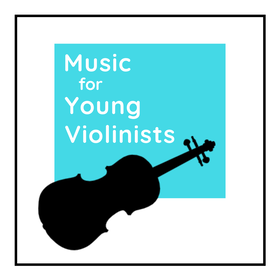
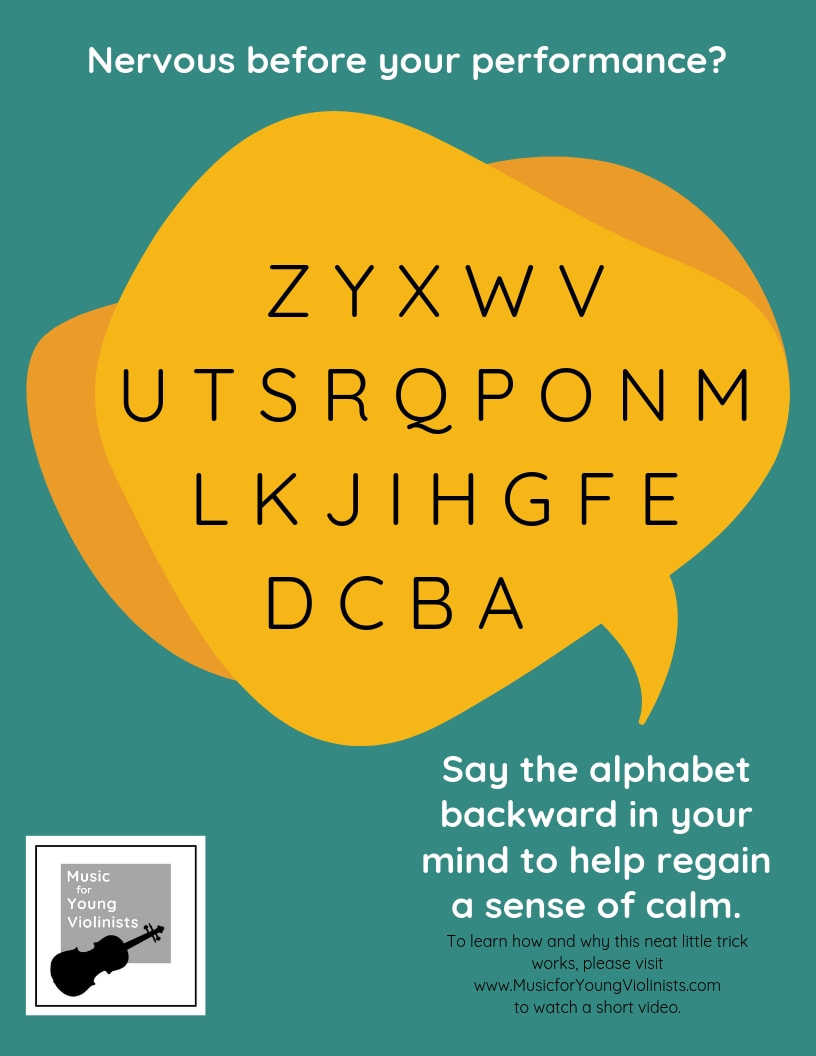
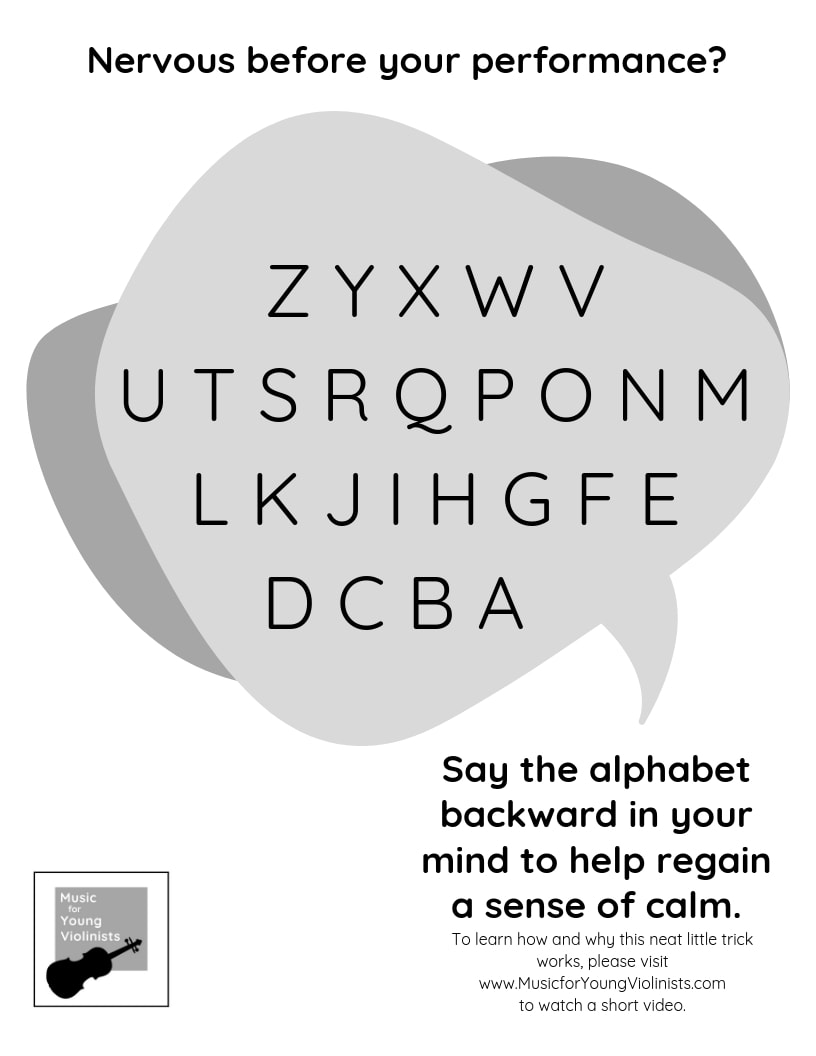
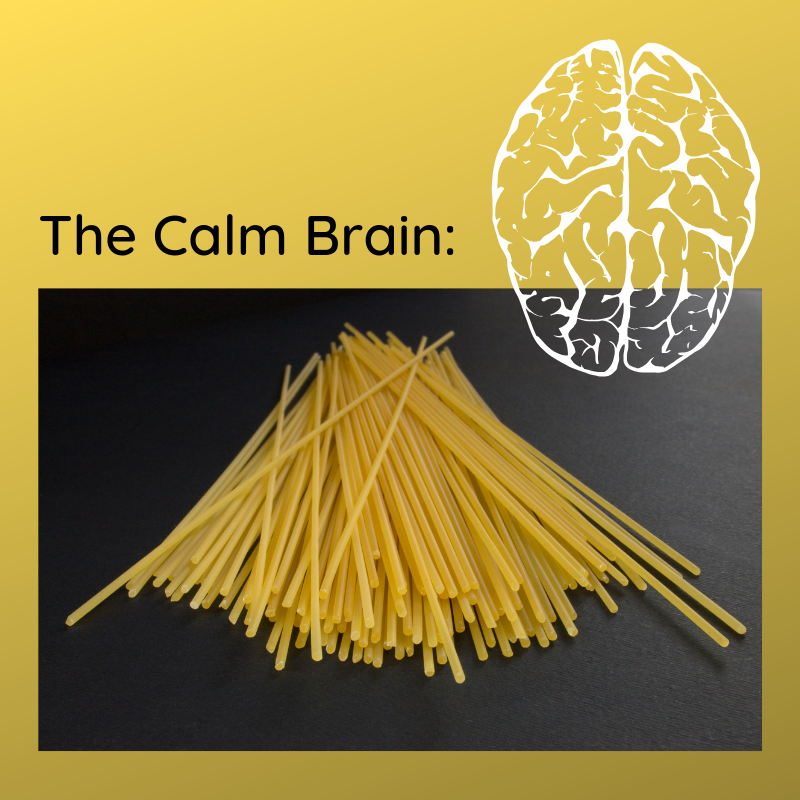
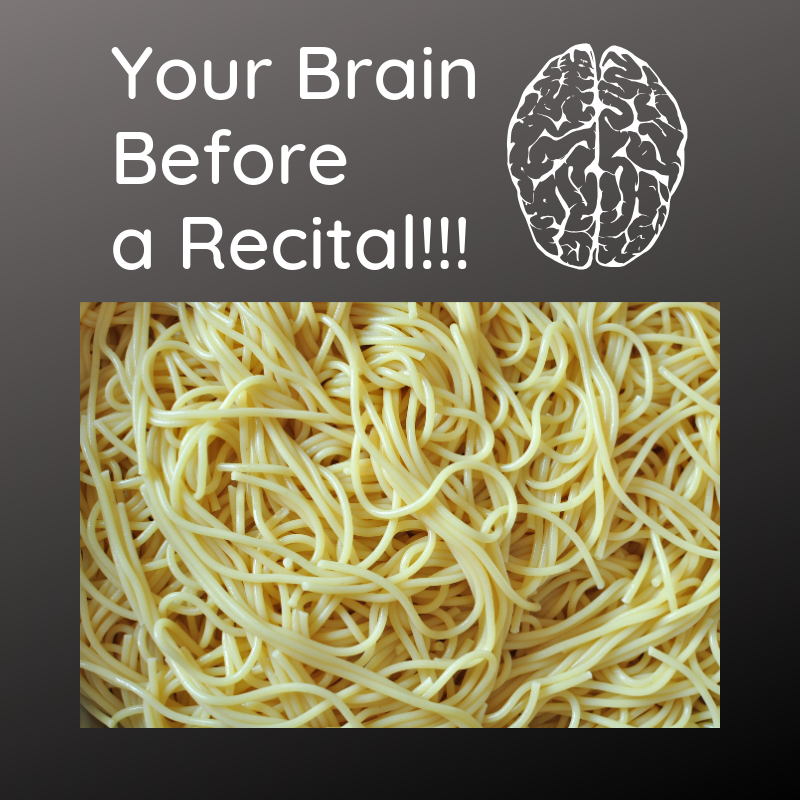
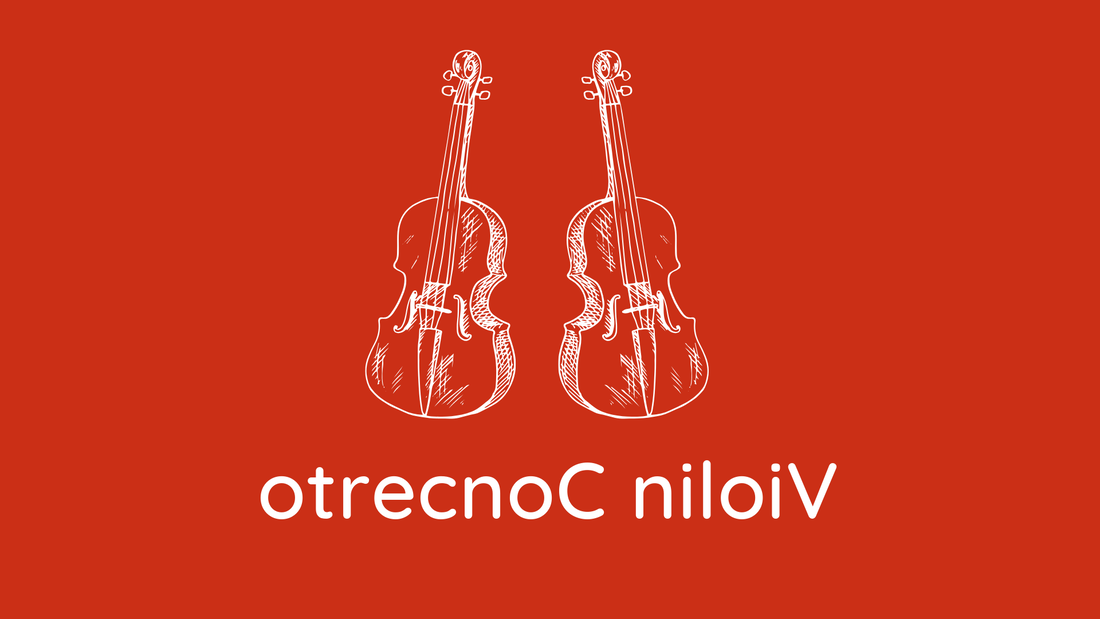
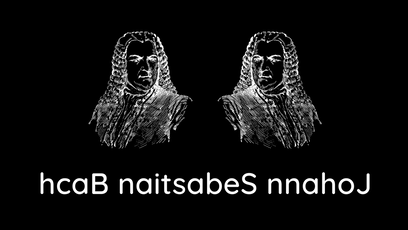
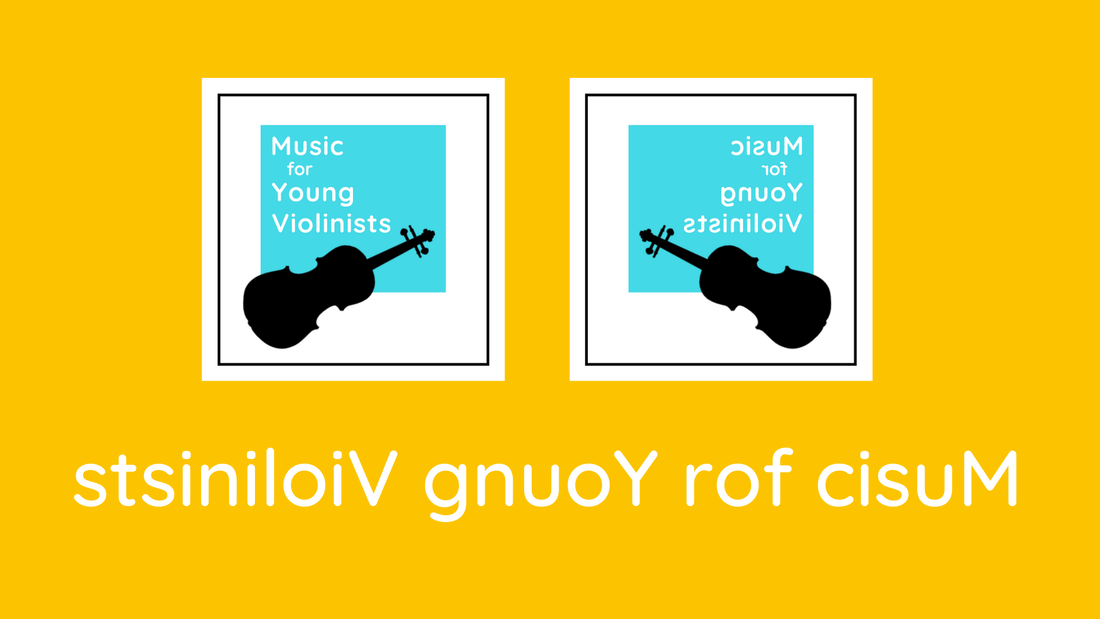
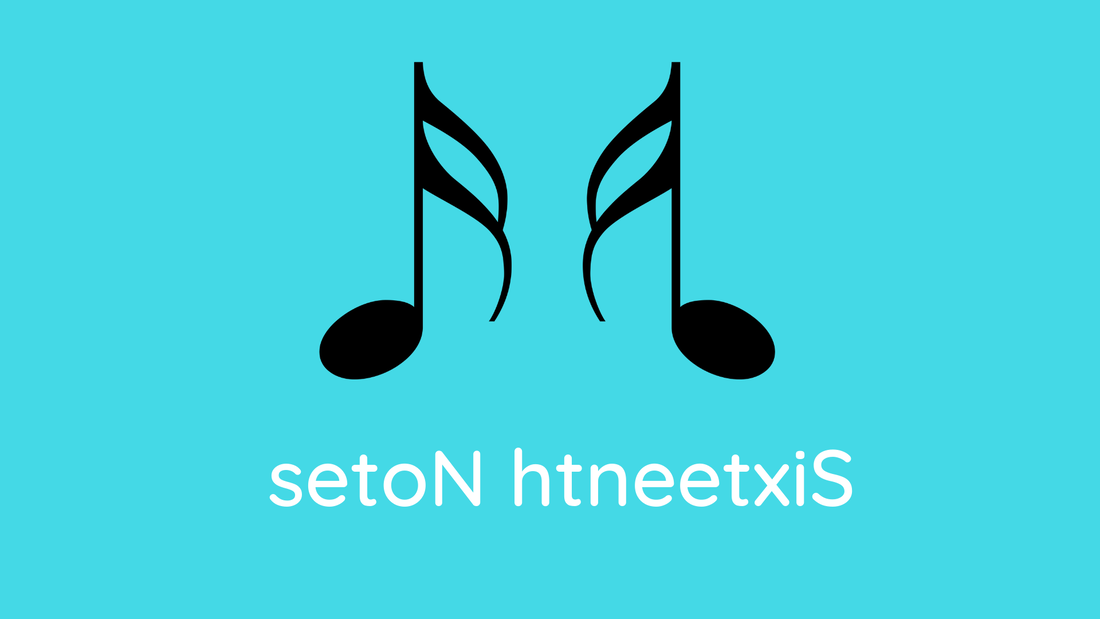
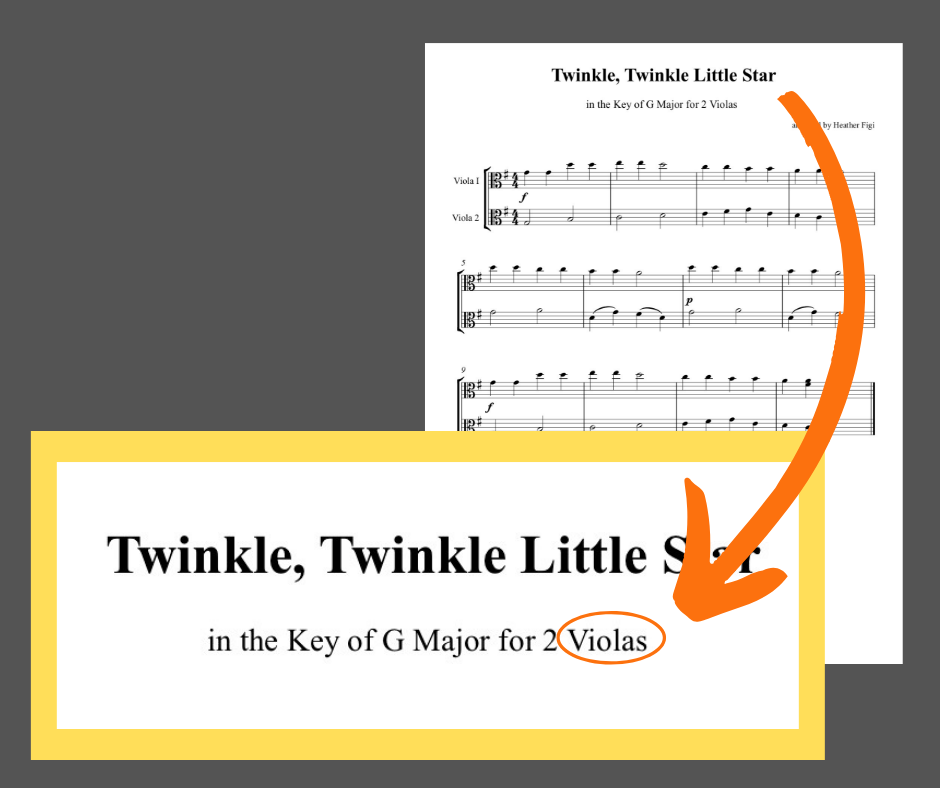
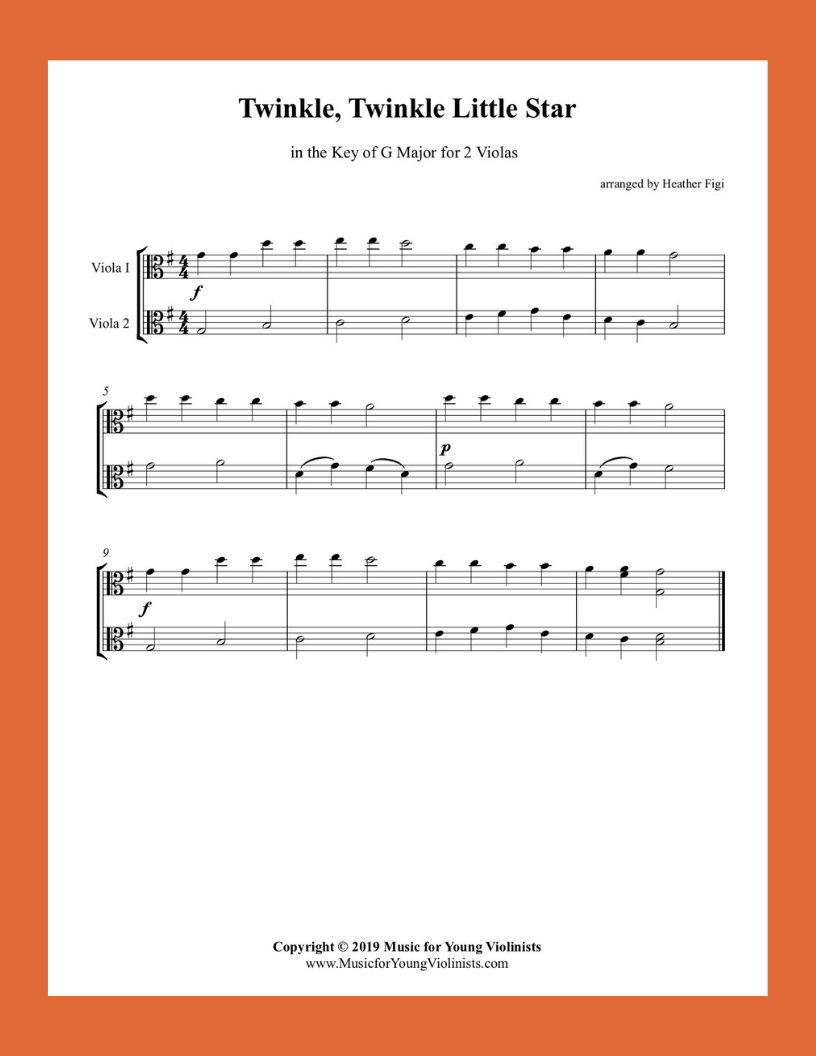
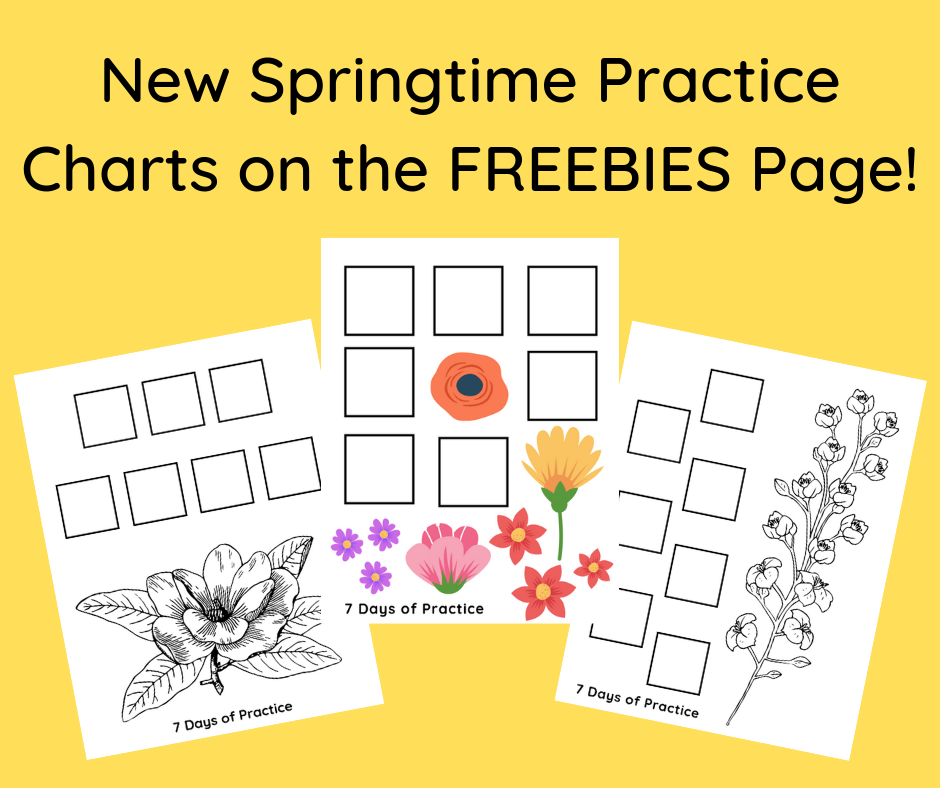
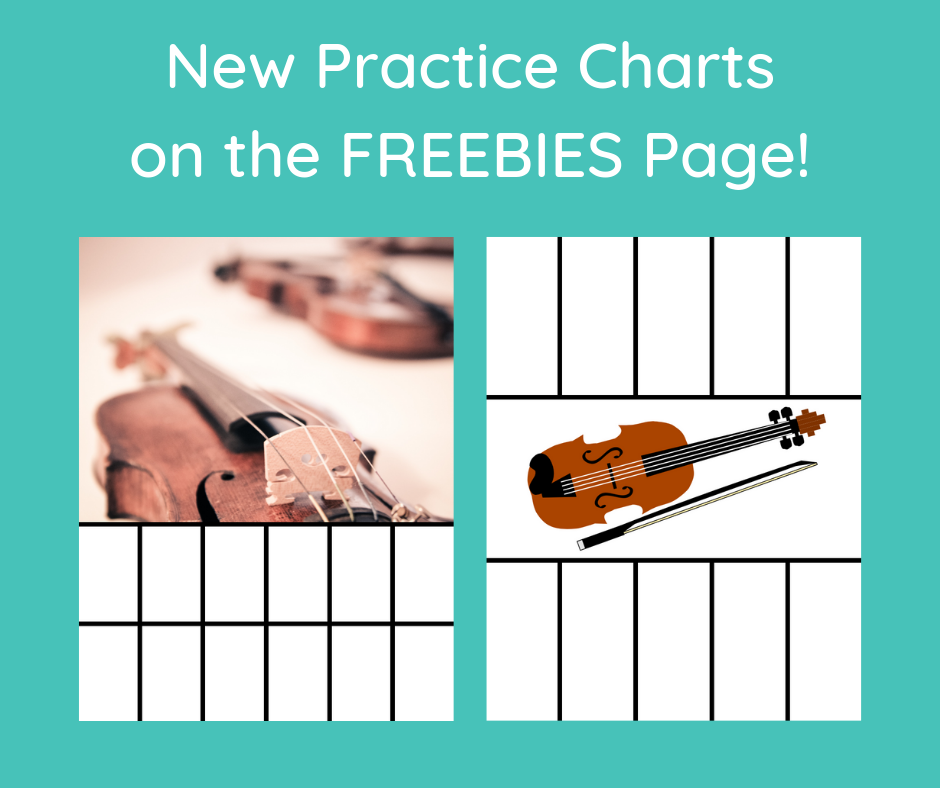
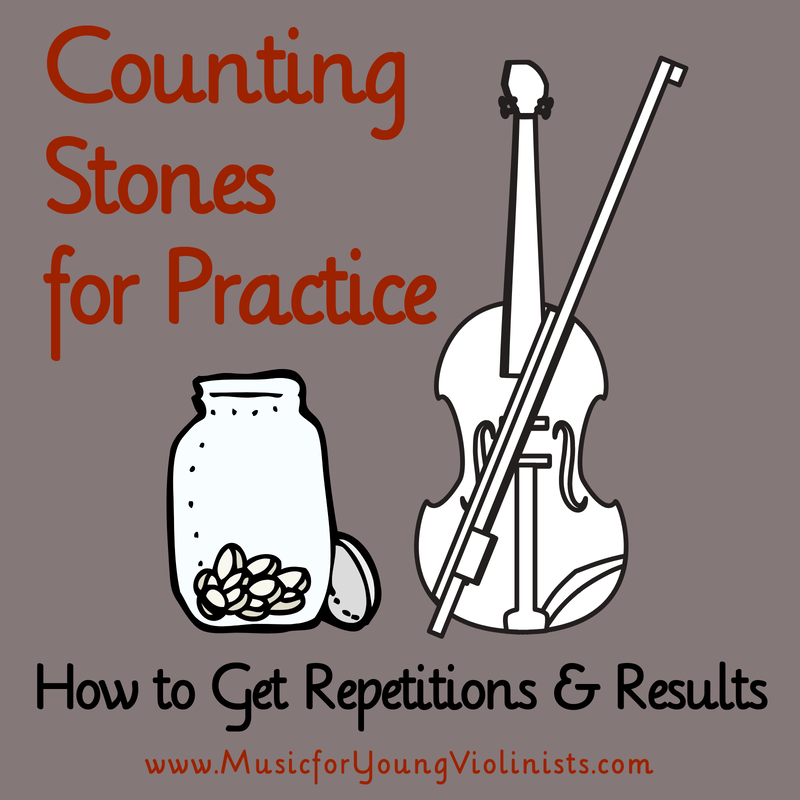
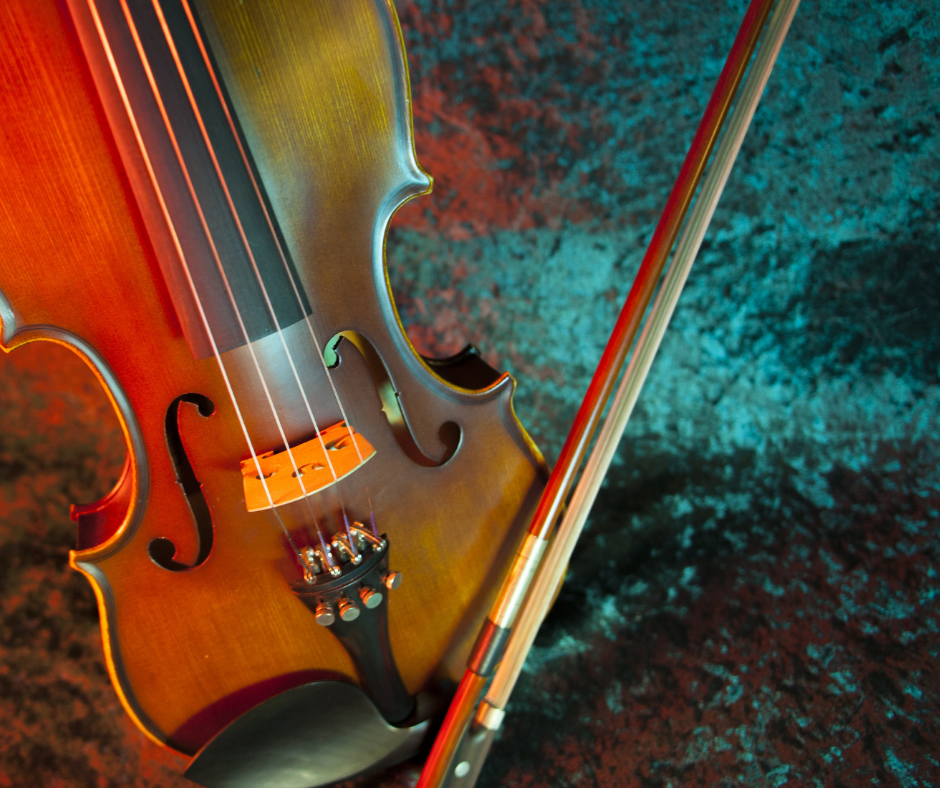
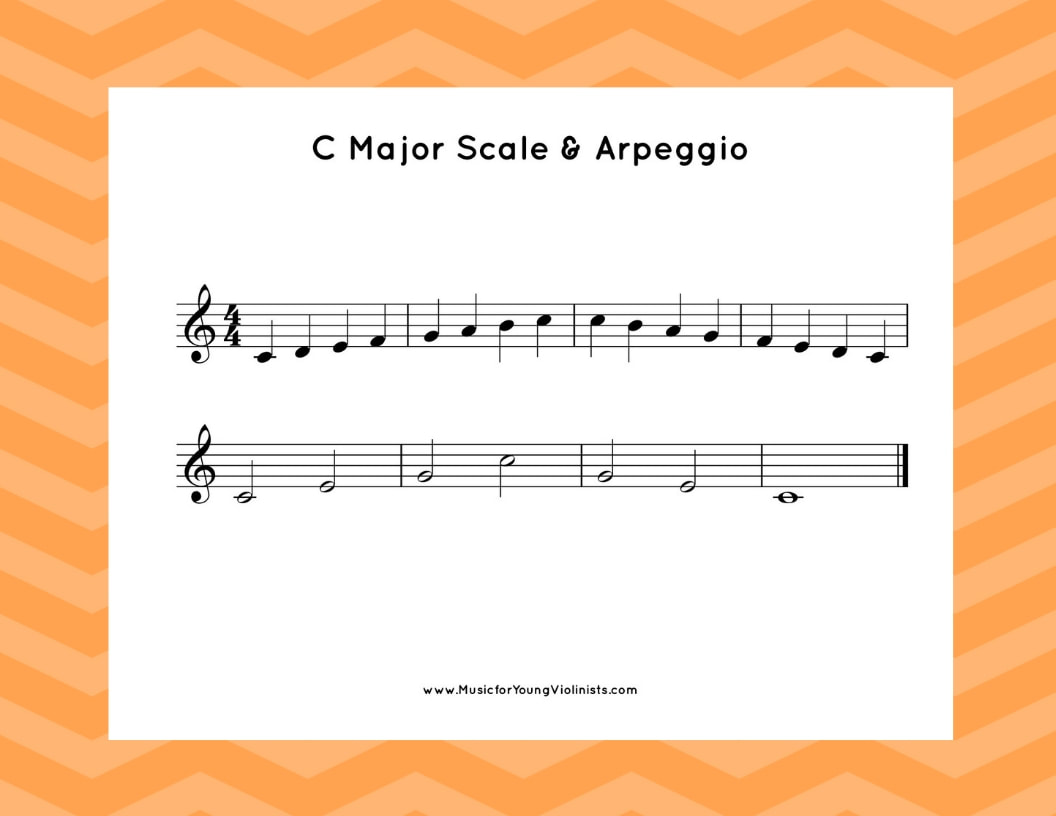
 RSS Feed
RSS Feed
